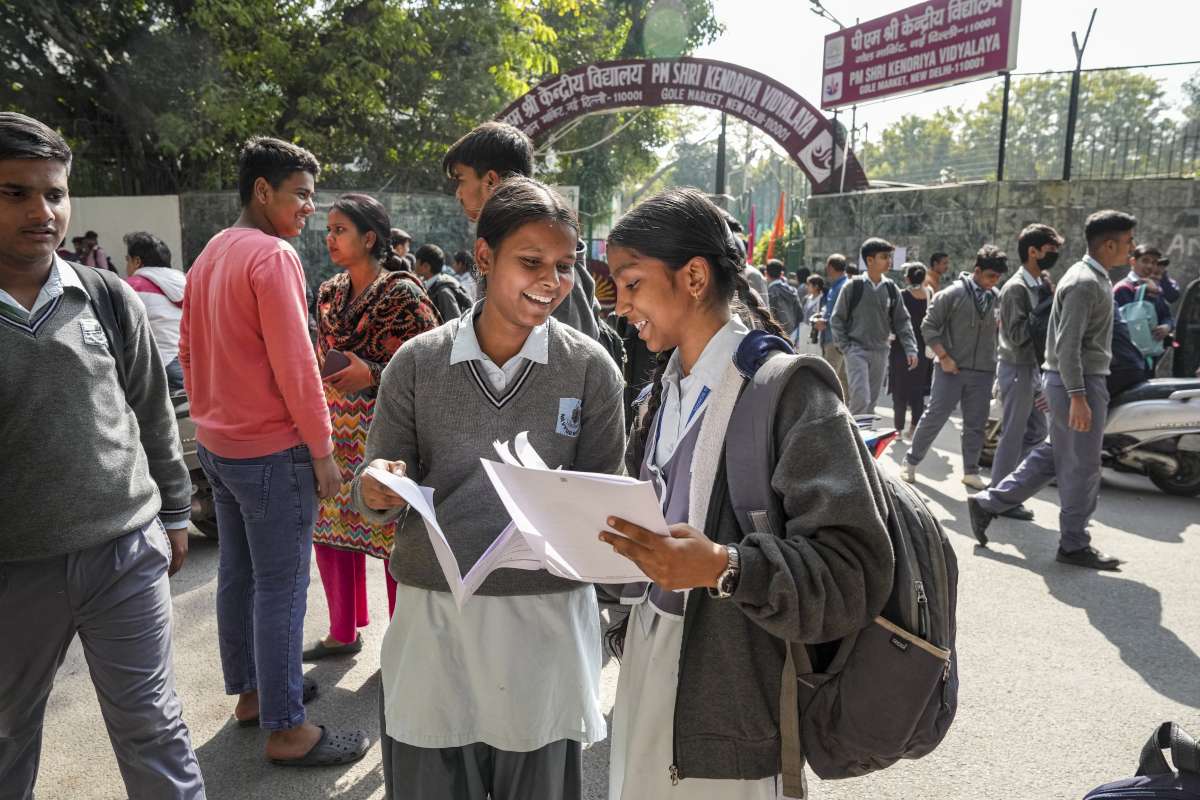Spectators in Bargis start the day with a Buura Z’Morga (farmers’ breakfast), comprising bread, cheese, smoked meats, and fresh milk. Along the route, visitors cheer as the herds pass, bells clanging in rhythm. By afternoon, locals welcome them with market stalls, crafts, and regional delicacies. Music, from accordions and alphorns, fills the streets as children run alongside goats and calves.
The day closes with the Stallchilbi, a fair where most stalls sell Alpkäse, cheese made during the summer months with a rich, nutty flavour infused with alpine herbs. Other local specialties include air-dried sausages, buttermilk, and nut tortes. In some villages, herdsmen also divide the summer’s cheese among themselves—a ritual that underscores the communal nature of the tradition. Watching decorated cows wind down from Bargis feels like witnessing a scene from the Johanna Spyri’s Heidi—the 19th-century classic steeped in alpine life. Yet the Alpabzug is more than a spectacle. In an age of industrial farming, it highlights sustainable traditions and the enduring ties between animals, people, and the land.
A ritual endured through generations, it’s rooted in survival and gratitude. The descent embodies connection: linking herdsmen with their animals, villages with valleys, and the present with the past.
Every homecoming is a living reminder of how these communities honour its land, animals, and way of life.

































